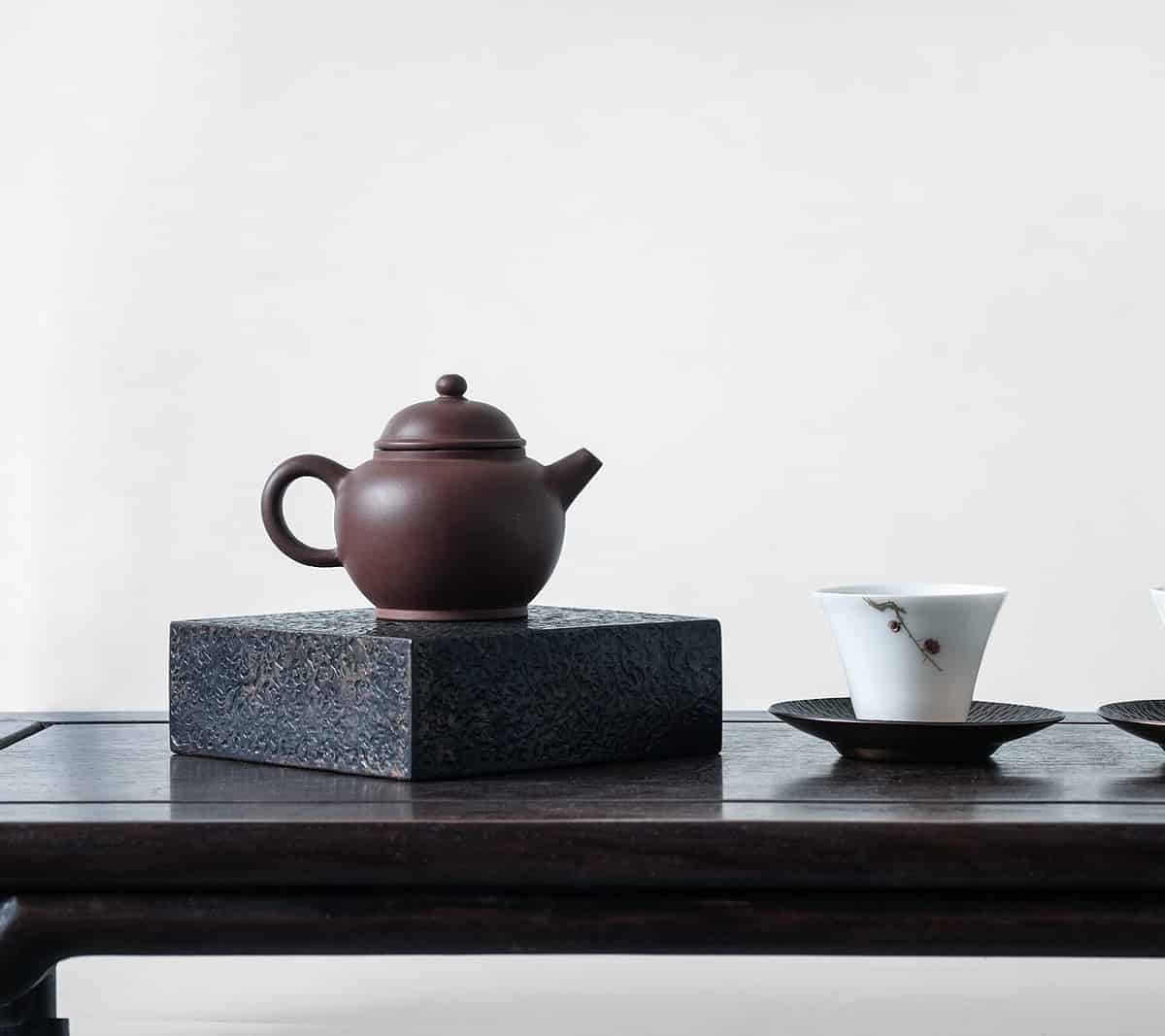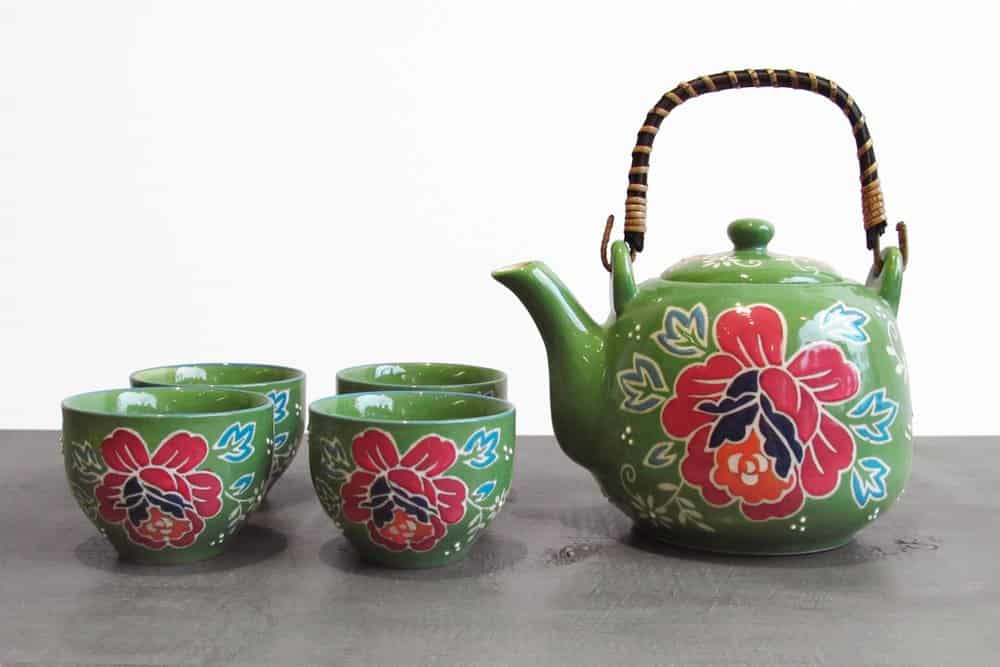The Art of Japanese Tea: Exploring the Role of Teapots in Chado (茶道)
Chado, also known as the Japanese tea ceremony, is a centuries-old tradition that emphasizes the art of serving and drinking tea. A central element of chado is the use of beautiful and functional tea utensils, including the teapot or kyusu in Japanese. In this blog post, we will explore the role of Japanese teapots in chado and how they contribute to the art of Japanese tea.
What is Chado?
Chado, also known as the “Way of Tea,” is a Japanese cultural practice that involves the preparation and presentation of tea, also known as matcha, in a traditional and formal setting. It is a way of life that reflects the Zen philosophy of simplicity, harmony, and respect for nature.
Chado is more than just drinking tea; it is a cultural art form that embodies traditional Japanese aesthetics, including architecture, gardening, calligraphy, and ceramics. The ceremony involves a precise and choreographed set of movements, from the preparation of the tea to the serving and drinking of it.
The chado ceremony typically takes place in a tea house, which is a small, rustic building located in a garden. The tea house is designed to create a peaceful and tranquil environment where guests can escape from the outside world and experience the beauty of nature.
The tea ceremony is led by a host or hostess, who has undergone years of training to perfect the art of chado. The host or hostess carefully selects the tea utensils, including the tea bowl, tea scoop, and tea whisk, and arranges them in a specific manner to create a sense of harmony and balance.
The chado ceremony is not only about drinking tea but also about connecting with others and sharing a moment of tranquility and beauty. Guests are encouraged to appreciate the aesthetics of the tea room, the beauty of the tea utensils, and the taste and aroma of the tea.
Overall, Chado is a Japanese cultural practice that involves the preparation and presentation of tea in a traditional and formal setting. It is an art form that reflects Japanese aesthetics and Zen philosophy and promotes simplicity, harmony, and respect for nature. The chado ceremony is an experience that allows guests to escape from the outside world and connect with others in a moment of tranquility and beauty.
The Importance of Japanese Teapots in Chado
In chado, the teapot plays a crucial role in preparing and serving the tea. The teapot, or kyusu, is typically made of ceramic or clay and designed with a functional and aesthetic purpose in mind.
A well-crafted Japanese teapot can enhance the taste and aroma of the tea, while also contributing to the overall beauty of the tea ceremony.
The Design of Japanese Teapots
Japanese teapots used in chado are typically small and round, with a simple design that emphasizes function over form. They often have a handle on the side for easy pouring, and a lid that fits tightly to prevent heat from escaping. The spout is designed to control the flow of the tea and prevent dripping, ensuring a smooth and seamless serving experience.
One of the key design features of Japanese teapots is the fine mesh filter that is built into the spout of the teapot. This filter is designed to prevent tea leaves from escaping the pot and ensures a smooth and clean pour. The handle of the teapot is also an important design element, and it is often designed to fit comfortably in the hand and provide a stable grip.
The shape of the Japanese teapot can also influence the taste and aroma of the tea. For example, a teapot with a wider base and a narrower top is ideal for brewing green tea, as it allows the tea leaves to expand and release their full flavor and aroma.
In addition to the traditional designs, modern Japanese teapots are also becoming increasingly popular. These teapots often feature sleek and minimalist designs that reflect contemporary Japanese design aesthetics.
Japanese teapots are often decorated with intricate designs and patterns, such as cherry blossoms, dragons, or waves, that reflect Japanese culture and art. These designs are typically applied using a technique called kintsugi, which involves repairing broken pottery with gold or silver to create a unique and beautiful piece of art.
Types of Japanese Teapots
There are several types of Japanese teapots used in chado, each with its unique characteristics. Some of the most common types of Japanese teapots include:
- Banko Teapots: These are teapots made from a unique type of clay found only in the Mie Prefecture of Japan. The clay is known for its ability to retain heat, making it ideal for brewing tea.
- Tokoname Teapots: These are teapots made from clay found in the Tokoname region of Japan. They are known for their porous nature, which allows them to absorb the flavor of the tea and enhance its aroma.
- Hagi Teapots: These are teapots made from clay found in the Hagi region of Japan. They are known for their earthy tones and rustic appearance, which adds to the beauty of the tea ceremony.
The Role of Japanese Teapots in Chado
In chado, the teapot is not merely a functional tool but an essential part of the overall aesthetic experience. The teapot is carefully chosen to complement the other utensils used in the tea ceremony, such as the tea bowls, tea scoop, and tea whisk.
The teapot must also match the type of tea being served, ensuring that the flavor and aroma are enhanced to their fullest potential.
Conclusion
The Japanese teapot is an essential part of the art of chado and contributes to the overall beauty and functionality of the tea ceremony. Whether you prefer a Banko, Tokoname, or Hagi teapot, each one has its unique characteristics and ability to enhance the taste and aroma of the tea.
With its careful design and attention to detail, the Japanese teapot is truly a work of art that reflects the beauty and precision of Japanese culture.
Originally posted 2023-03-01 11:55:02.



Wow, wonderful blog! How long have you been running a blog for?
you make blogging look easy. The whole glance of your site is fantastic, as well
as the content material!
@Slep: hi, we have been running lifezentea.com for nearly 2 years. More to come 🙂